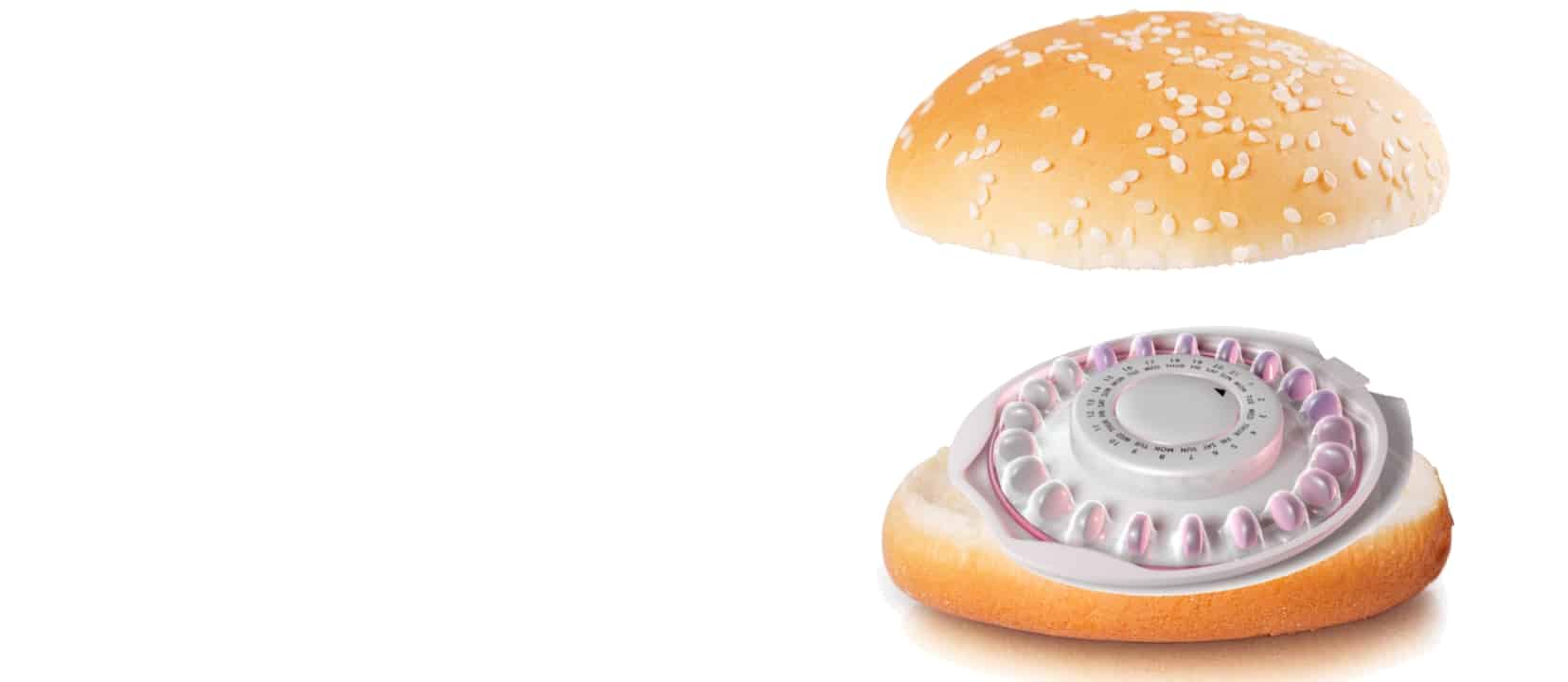Estrogen hormones can be thousands of times more estrogenic than typical endocrine-disrupting chemicals. Dietary exposure to natural sex steroids (in meat, dairy, and eggs) is “therefore highly relevant in the discussion of the impact of estrogens on human development and health.” And chicken estrogen is identical to human estrogen—they’re the same molecule. So, it doesn’t matter if it ends up in our drinking supply from women taking birth control pills excreting it in their urine, or cows excreting it into their milk. The source doesn’t matter; the quantity does.
If you check out my video Estrogen in Meat, Dairy, and Eggs, you can see that a child’s exposure to estrogens in drinking water is about 150 times lower than exposure from cow’s milk; so, our day-to-day estrogen exposure levels are more likely determined by whether or not we happen to eat dairy products that day.
Human urine is “often cited as the main source of natural and synthetic estrogens in the aquatic environment,” but the level of estrogen even in the urine of heavy meat-eaters, who have significantly higher levels, pales in comparison to the estrogen excreted by the farm animals themselves. Pigs, sheep, cattle, and chickens produce literally tons of estrogen every year.
Women may excrete 16 mg every day, but farm animals may release ten times more, or in the case of pregnant cows, thousands of times more. Animal waste may contribute an estimated 90% of total estrogens in the environment. Five gallons of runoff water contaminated with chicken manure may contain a birth control pill’s worth of estrogen.
Estrogen levels in poultry litter are so high that when farmers feed chicken manure to their animals to save on feed costs, it may trigger premature development. Poultry manure has among the highest hormone content, quadruple the total estrogens, and nine times more 17-beta estradiol, the most potent estrogen and a “complete” carcinogen, as it exerts both tumor initiating and tumor promoting effects.
From a human health standpoint, do we really care about feminized fish, or the appearance of “intersex roaches”? The problem is that the hormones get into the food supply. Endogenous steroid hormones in food of animal origin are unavoidable as they occur naturally in these products. It’s not a matter of injected hormones, which are banned in places like Europe in order to protect consumers’ health. Sex steroid hormones are part of animal metabolism; and so, all foodstuffs of animal origin contain these hormones, which have been connected with several human health problems. (See Why Do Vegan Women Have 5x Fewer Twins?)
What effects might these female hormones have on men? See Dairy Estrogen and Male Fertility.
The implications of this relatively new practice of milking cows even when they’re pregnant is further explored in:
- National Dairy Council on Acne and Milk
- The Acne-Promoting Effects of Milk
- Saving Lives By Treating Acne With Diet
More on xenoestrogens in:
- Male Fertility and Diet
- Alkylphenol Endocrine Disruptors and Allergies
- Dietary Sources of Alkylphenol Endocrine Disruptors
In health,
Michael Greger, M.D.
PS: If you haven’t yet, you can subscribe to my free videos here and watch my live, year-in-review presentations—2013: Uprooting the Leading Causes of Death, More Than an Apple a Day, 2014: From Table to Able: Combating Disabling Diseases with Food, 2015: Food as Medicine: Preventing and Treating the Most Dreaded Diseases with Diet, and my latest, 2016: How Not To Die: The Role of Diet in Preventing, Arresting, and Reversing Our Top 15 Killers.
Image Credit: BruceBlaus
